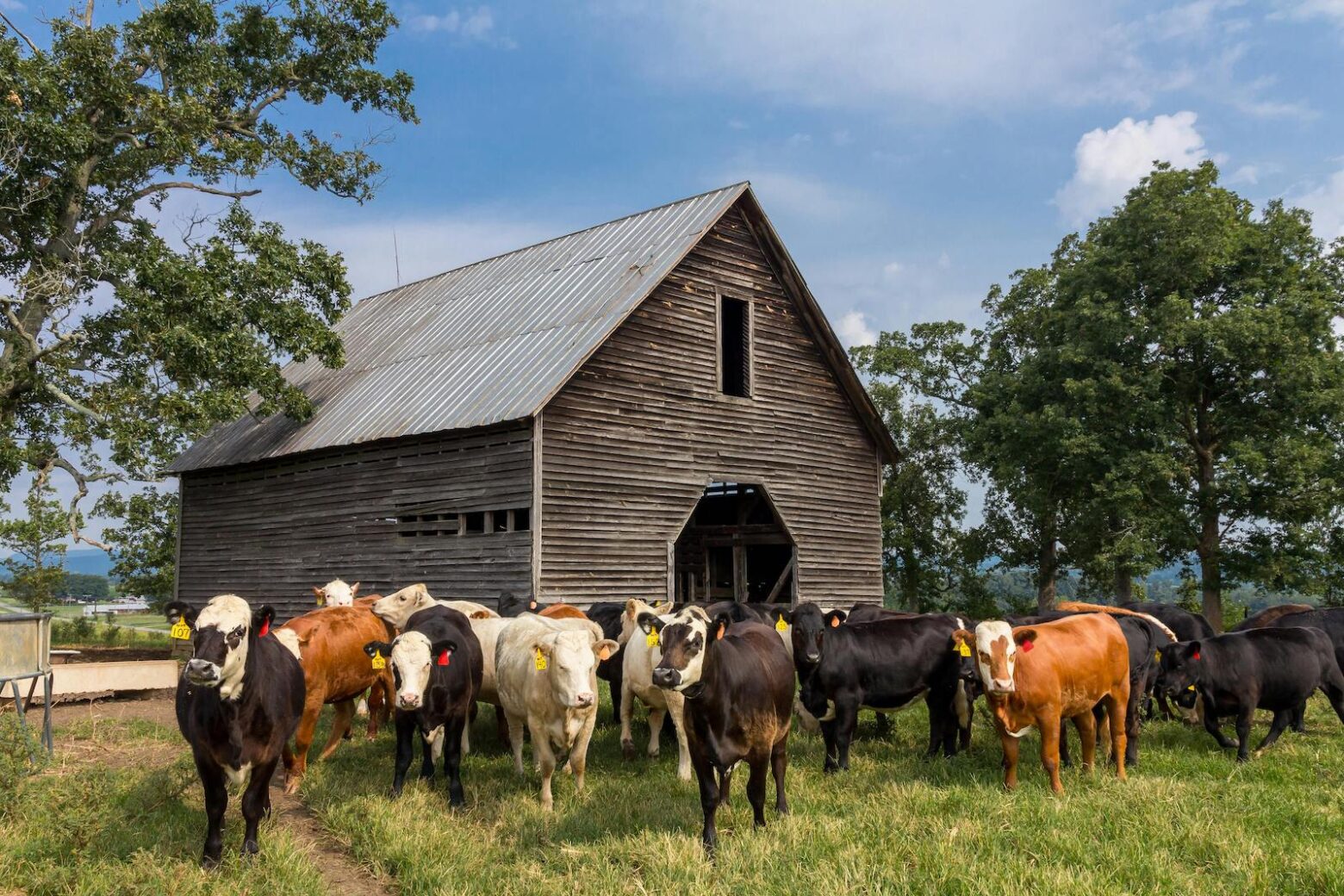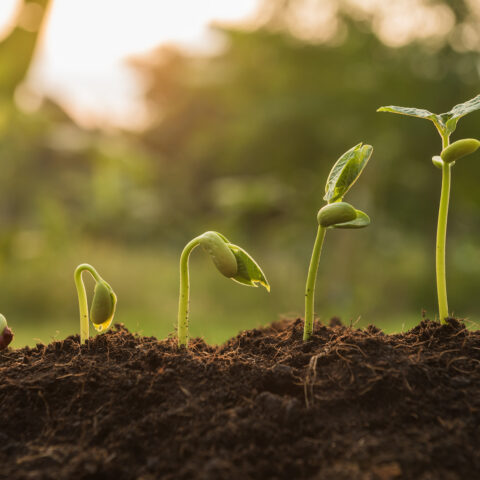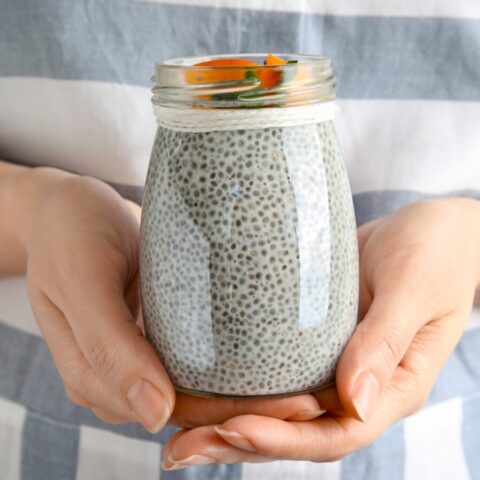Supporting Regenerative Agriculture with The Paleo Diet®

The rising number of diet-related illnesses indicates that something must change when it comes to how we produce food and how we choose to eat. The current standard practices for agriculture and livestock farming have several recognized negative impacts on the environment, including excessive water use, fossil fuel consumption, and increased greenhouse gas emissions. Fortunately, there are ways we can all participate in following a more sustainable, environmentally friendly approach to The Paleo Diet®, with regenerative agriculture.
What We Can Do to Reduce Our Impact
From an emphasis on pasture-raised meats to embracing the consumption of all animal parts, from organic farming to alternative sources of protein (read: insects!), there are myriad ways to live a Paleo lifestyle while simultaneously reducing your impact on the environment.
Some people believe The Paleo Diet is all about meat, but that notion isn’t true at all. In fact, by volume, The Paleo Diet is more of a plant-based diet than anything. Any of the meat you do consume should come from lean, pasture-raised animals or fish that have been farm-raised or sustainably caught. And by embracing our hunter-gatherer ancestors’ consumption of entire animals from nose to tail, we can reduce the use of resources by wasting less of the animal. Plus, it increases our intake of a wealth of nutrients.
There is no arguing that commercial livestock production stresses the land. But this doesn’t mean that all livestock will have the same negative impact on the land. With proper methodologies, ruminants can actually help preserve ecosystems, restore soil fertility, and recycle essential plant nutrients.
In fact, it has been shown that the most environmentally sustainable form of agriculture alternates growing crops and livestock on the same land. Crops can also contribute to carbon emissions, but if animals are allowed to graze on the land after crops were grown there, the animals will help keep the carbon in the ground and fertilize the soil to give a nutrient-rich environment for the next batch of crops to grow in. This type of farming is known as regenerative agriculture.
What Is Regenerative Agriculture?
It appears that most people have heard of sustainable agriculture but not regenerative agriculture. So, what do these two terms refer to and how do they differ?
The U.S. Department of Agriculture shares the legal definition of sustainable agriculture as “an integrated system of plant and animal production practices having a site-specific application that will over the long-term:
- Enhance the quality of life for farmers and society as a whole.
- Satisfy human food and fiber needs.
- Enhance environmental quality and the natural resource base upon which the agriculture economy depends.
- Make the most efficient use of nonrenewable resources and on-farm resources and integrate, where appropriate, natural biological cycles and controls.
- Sustain the economic viability of farm operations.”
From the Noble Research Institute, regenerative agriculture is defined as “a management philosophy that seeks to improve soil health. It strives to work with nature rather than against it. Regenerative agriculture is more than just being sustainable. It is about reversing degradation and building up the soil to make it healthier than its current state.”
By following the tenants of regenerative agriculture, the goals of sustainable agriculture are not only met, but are surpassed.
Essentially, this is what it was like for our Paleolithic ancestors. So another way to look at regenerative farming is to simply turn back the clock and use “old-fashioned” agricultural techniques.
So what does the “old-fashioned” way look like? Well, it doesn’t have a specific set of practices as each piece of land has its own unique needs. However, regenerative agriculture requires more patience as it involves practices that need more work and time, the very reason farming moved away from these practices in the first place. The Noble Research Institute shares these common practices of regenerative agriculture:
- “Planting crops using no-till, which minimizes disturbance to the soil.
- Incorporating cover crops and other diverse mixtures of forage species into monoculture crops and perennial introduced grasses.
- Decreasing use of fertilizers and pesticides.
- Using adaptive multi-paddock (AMP) grazing: moving cattle and other pastured animals (sheep, goats, turkeys, bison, pigs) through smaller sections of the overall land and allowing grazed land adequate rest and recovery.”
By doing any of these techniques, the soil becomes healthier. It can hold more water, has more biodiversity, and ultimately it can then produce more. And, very significantly, it can become a major solution to climate change because a healthier soil can sequester more carbon from the atmosphere. [1,2] (The 2020 documentary film Kiss the Ground is a great resource to explore this topic more in depth.)
Aside from helping the health of the planet, regenerative agriculture also produces more nutrient-dense food, both plants and animals, which, in turn, is a plus for human health. [3,4] This increase in nutrient density also typically improves the flavor of the food.
How to Support Regenerative Agriculture Through The Paleo Diet
First, don’t think you have to do everything immediately; any measure that supports regenerative agriculture is a step in the right direction.
Perhaps one of the most important tasks is to educate yourself about regenerative agriculture. Start by watching the film mentioned above, Kiss the Ground; it will help educate you and motivate you! Follow the work of organizations that support regenerative agriculture, such as Noble Research Institute, Soil Health Institute, and Rodale Institute. In fact, the Rodale Institute has a free online course you can enroll in called, “Being a Regenerative Consumer.”
Share your new knowledge with family and friends to help spread the word about the many benefits of regenerative agriculture. You can also support organizations developing regenerative and indigenous agriculture systems by donating or volunteering.
One of the most important ways you can support this way of farming is to buy your food from local farmers as much as possible, particularly from those who are using regenerative practices. Buying local reduces the carbon footprint of the food you consume—whether from regenerative practices or not.
It can be hard to know which products stem from regenerative practices at your grocery store, however, food labeling can help guide you in the right direction. One such label developed by the Savory Institute is the Land to Market seal that “gives consumers confidence that products came from land that is verified regenerative.”
Finally, have some fun with family and friends and learn how to plant your own regenerative garden at home and grow your own fresh, delicious food, all while reducing the reliance on industrial agriculture! You don’t even need a large garden to do this. You can grow your favorite vegetables, fruits and herbs using containers, window boxes, or indoor grow kits.
References
- Prairie AM, King AE, Cotrufo MF. Restoring particulate and mineral-associated organic carbon through regenerative agriculture. Proc Natl Acad Sci U S A. 2023 May 23;120(21):e2217481120. doi: 10.1073/pnas.2217481120. Epub 2023 May 15. PMID: 37186829; PMCID: PMC10214150.
- Jordon MW, Smith P, Long PR, Bürkner PC, Petrokofsky G, Willis KJ. Can Regenerative Agriculture increase national soil carbon stocks? Simulated country-scale adoption of reduced tillage, cover cropping, and ley-arable integration using RothC. Sci Total Environ. 2022 Jun 15;825:153955. doi: 10.1016/j.scitotenv.2022.153955. Epub 2022 Feb 19. PMID: 35189215.
- Manzeke-Kangara MG, Joy EJM, Lark RM, Redfern S, Eilander A, Broadley MR. Do agronomic approaches aligned to regenerative agriculture improve the micronutrient concentrations of edible portions of crops? A scoping review of evidence. Front Nutr. 2023 Jul 12;10:1078667. doi: 10.3389/fnut.2023.1078667. PMID: 37502724; PMCID: PMC10371419.
- Ebbott D, Papanagnou D. What regenerative agriculture can teach medical students about human health. Int J Med Educ. 2023 May 30;14:63-64. doi: 10.5116/ijme.6463.4962. PMID: 37257159; PMCID: PMC10693401.
Mark J. Smith, Ph.D.
One of the original members of the Paleo movement, Mark J. Smith, Ph.D., has spent nearly 30 years advocating for the benefits of Paleo nutrition.
More About The Author



